
Dear readers,
What could be better than anchoring? Simply dropping anchor off a beautiful coastline and making a short stop. What people with motorhomes can only dream of is a reality with a sailing boat. Sure, even on the water there are restricted areas, submarine cables and a lot more to consider. But the freedom is still much greater than on land.
But there is one catch (pun intended): the sharp-edged iron leaves traces on the seabed. My colleague Andreas Fritsch already wrote about this last year wrote a very readable YACHT Week. It is about seagrass beds in popular sailing areas that are ploughed through by the anchors of hundreds of charter yachts. That's why mooring buoys are increasingly being installed in popular bays. A great solution, in my opinion. Mooring is even easier than deploying your own anchor gear and, above all, casting off is much more relaxed than hoisting the anchor on deck. Of course, you have to rely on the quality and regular maintenance of the buoy. With your own anchor, you know where you stand. The condition of the buoy can only be assessed when you go swimming. Of course, the buoy also restricts your freedom to a certain extent; your space is defined by its position.
The first question that crossed my mind when reading this was: Why do these crews actually anchor on seagrass beds? Perhaps sailors with little experience can be forgiven for doing so, but an experienced crew tries to avoid the seaweed because the anchor doesn't hold well on it. So they look for sandy patches on the seabed where they can drop anchor.
That it is not only anchors, but also the turbidity of the Baltic Sea due to over-fertilisation that can harm the seagrass, stated my colleague Hauke Schmidt in his article. He also noted a discrepancy between the data situation and his own experience of seagrass meadows in bays he had visited. This seems to be due to the very thin data available for the Baltic Sea. It is possible that findings from other parts of the world are simply being transferred.
Nevertheless, it remains undisputed that mooring buoys are good for marine biodiversity. With easier mooring, it's actually a win-win. I have also had very good experiences with the buoys from the Swedish Kryssarklubben. As a member, I regularly receive a members' magazine and a buoy flag once a year in the spring. With this under the spreader, I can moor at the blue buoys on the Swedish coast. Some of these are in places that are too deep for my anchor gear or where the bottom is simply too rocky for the anchor to hold. This even makes it possible to find nice places to spend the night that would be out of the question at anchor. This advantage is definitely worth the membership fee.
Now I'm just wondering: where are the mooring buoys on the German coast? How nice would it be to install some anchor buoys in the Achterwasser or in the Bodden waters of Rügen and Hiddensee, in the Salzhaff, in the south of Fehmarn off the harbour of Orth and also in the Schlei and the Flensburg Fjord? This would certainly be an advantage, especially in murky Bodden waters: no more mud on deck after the anchor has been picked up. Sure, a membership fee or a small charge, paid by app, would certainly be necessary to finance the buoys and their maintenance. But perhaps this would also be a good opportunity to collect data on the condition of the seabed in the area of the mooring buoys. Will anything change if anchors are no longer dropped, at least in this very limited area? I am sure that everyone could benefit here: Crews for whom the convenience of easier manoeuvring is worth a few euros, scientists to obtain data on the condition of the seabed and, of course, the ecosystem itself. Even if the seagrass on the bottom of the Baltic Sea is perhaps not as bad as in popular Mediterranean bays, the mooring buoys would definitely not do any harm.
Michael Rinck
YACHT editor
Recommended reading from the editorial team

Shipyard portrait
Pure Yachts produces in small series with big goals
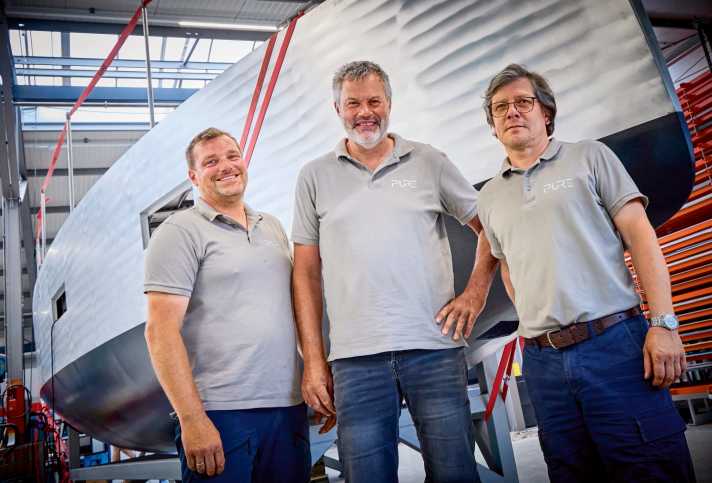
The Pure Yachts shipyard, newly founded in Kiel, focuses on long-distance performance yachts made of aluminium. It can already boast its first successes.
Baltic Sea
Fehmarn Sound Bridge - Reduced clearance height
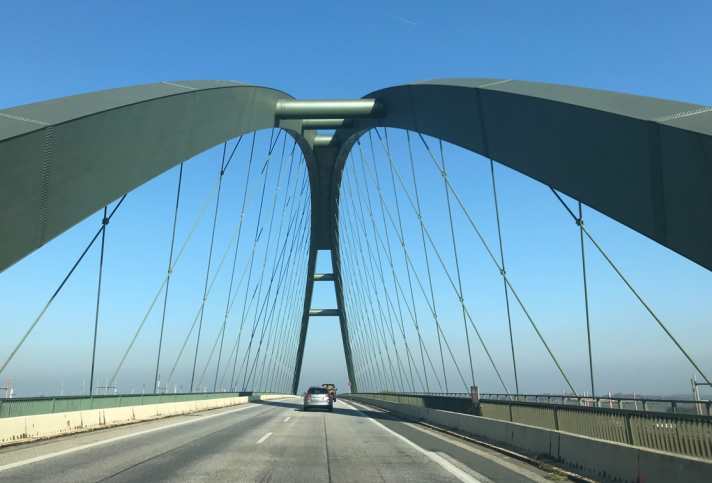
Watch out for the mast stop! The clearance height of the Fehmarnsund Bridge has been reduced until summer 2026. Due to construction work, only 20 metres are available instead of the usual 23 metres.
M.A.T. 11
The Orient-Express is set to become the new ORC pick-up

Hot racer from the Orient. The M.A.T. 11 is set to create new excitement in the ORC scene. The design comes from Matteo Polli.
Shadows in paradise
Brutal attack on expedition boat in Papua New Guinea

The first motorless circumnavigation of Antarctica by sailing boat was abruptly interrupted by a brutal robbery in Papua New Guinea. The expedition ship "Zhai Mo 1" was badly damaged and looted, putting the voyage of the Chinese sailor Zhai Mo on ice for the time being.
Dispute over measurement
ORC and X-Yachts agree on cooperation - joint statement

Due to the debate surrounding the XR 41, the Offshore Racing Council (ORC) is reviewing its algorithm for calculating race values.
Hallberg-Rassy 370
Sailing and living at the highest level in the YACHT test
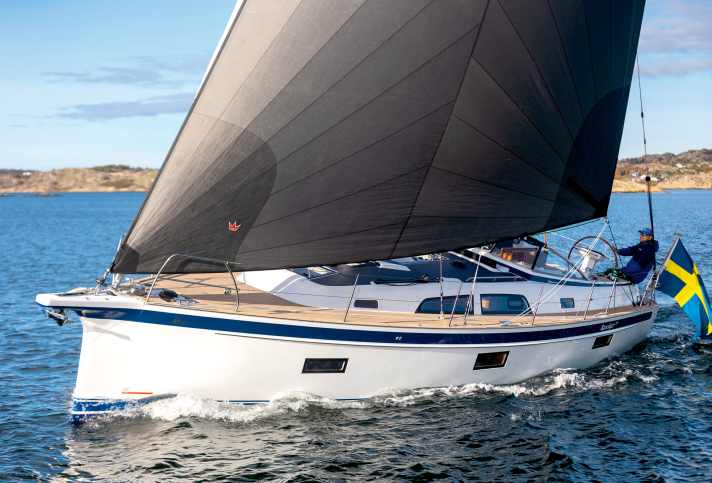
With the Hallberg-Rassy 370, the Swedes present a cruising yacht that leaves almost nothing to be desired. We have tested the first model.
Globe40
On course for La Réunion - concerns about the mast remain
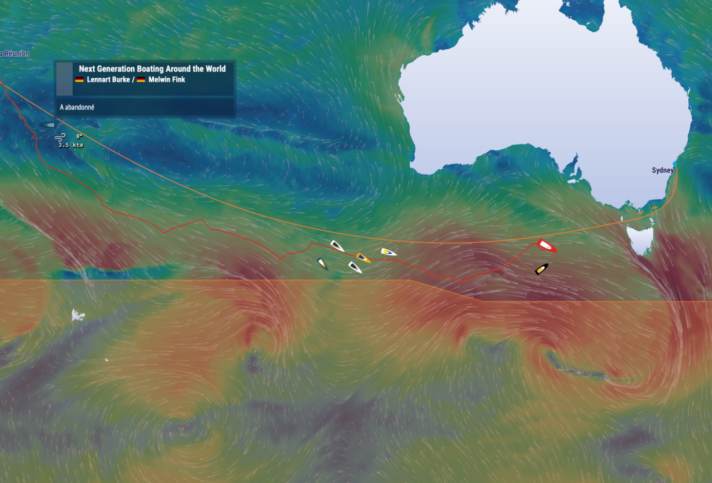
Lennart Burke and Melwin Fink are on their way back to La Réunion in the Globe40. While the competition is aiming for Sydney, the GER duo are fighting on all fronts.
Gitana 18
Caudrelier "talented and humble like Michael Schumacher"
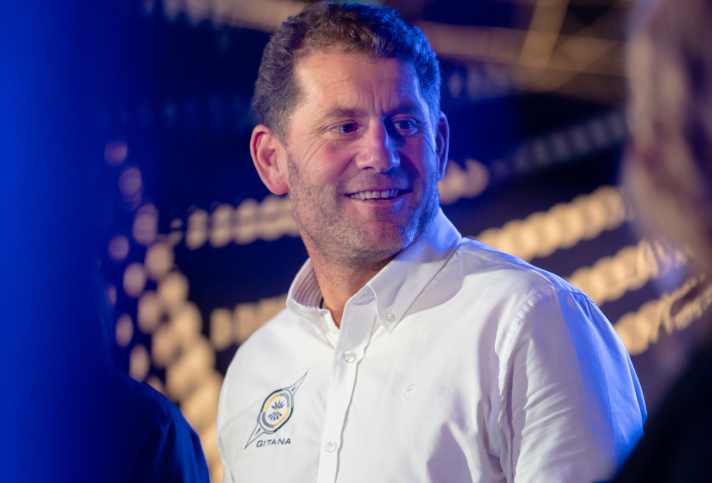
Charles Caudrelier is the skipper who will sail "Gitana 18" into the future. Ariane de Rothschild compares him to Formula 1 legend Michael Schumacher.
Eisarsch
Historic victory - Undine Höfener wins on the Wakenitz
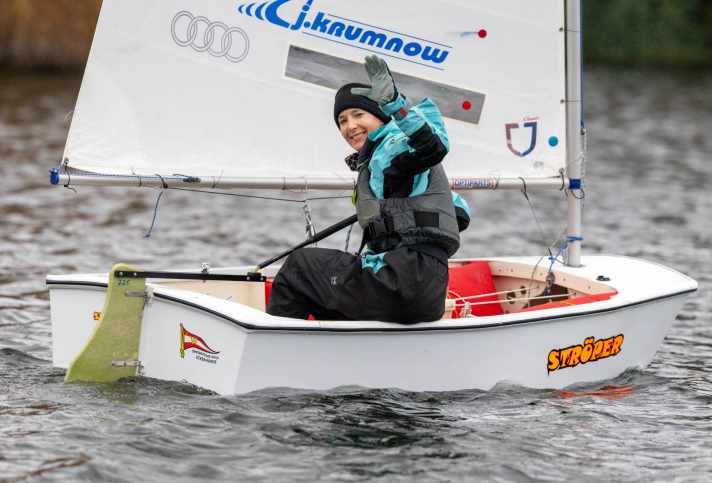
For the first time since 1969, a woman has won the traditional Eisarsch regatta in Lübeck: Ulrike Höfener won the pre-Christmas fun on the Wakenitz.
200 Myls Solo
Long-distance regatta brings Holland closer the hard way
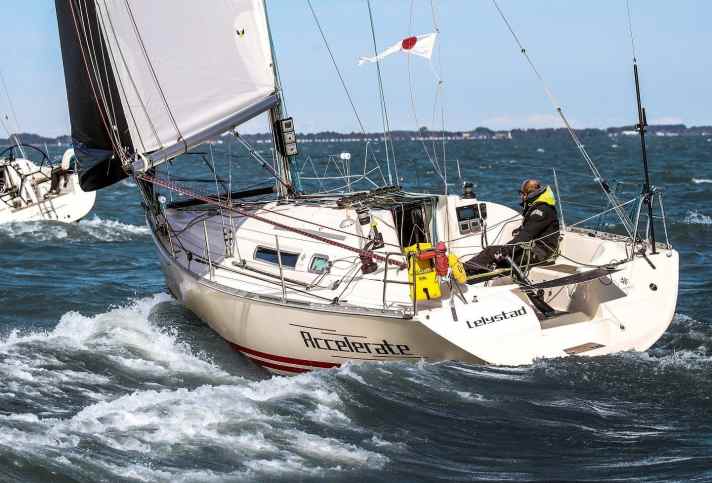
The 200 Myls Solo is a popular single-handed long-distance regatta in the neighbouring country. Frank Winklmeier took part with friends, each on their own boat
Newsletter: YACHT-Woche
Der Yacht Newsletter fasst die wichtigsten Themen der Woche zusammen, alle Top-Themen kompakt und direkt in deiner Mail-Box. Einfach anmelden:

